
Strategic Move Enhances Defense of Southwestern Islands Amid Regional Tensions Around East China Sea. Jets Have Vertical Landing Capabilities.

New York, N.Y. – Japan’s strategic deployment of its first F-35B stealth fighter jets at Nyutabaru Air Base in Miyazaki Prefecture signals a pivotal shift in its defense posture, aimed at countering rising tensions in the Indo-Pacific region.
This move, announced on August 7, 2025, underscores Japan’s ambition to bolster its military capabilities, particularly in its southern territories, amid concerns over China’s growing maritime assertiveness and regional influence.
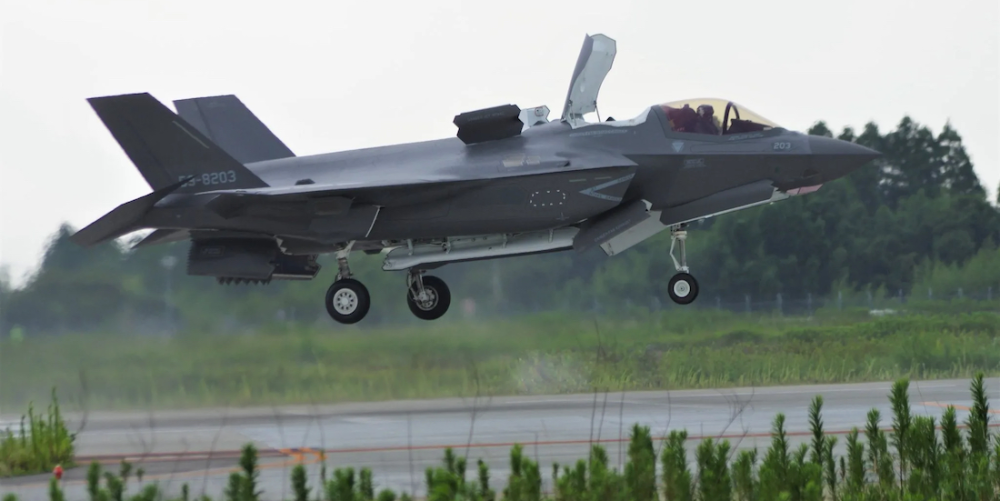
A New Era for Japan’s Air Defense
The arrival of three F-35B jets at Nyutabaru Air Base on August 7, 2025, marks a significant milestone in Japan’s military modernization. These advanced stealth fighters, developed by Lockheed Martin, are equipped with cutting-edge technology, including short take-off and vertical landing (STOVL) capabilities, enabling flexible operations from both land bases and naval platforms.
The deployment is part of Japan’s broader strategy to enhance its defense capabilities in the East China Sea, particularly around its remote southwestern islands, which are increasingly vulnerable to regional security challenges.
Japan’s decision to station the jets at Nyutabaru Air Base in Miyazaki Prefecture reflects a calculated response to evolving geopolitical dynamics. The Senkaku Islands, a point of contention with China, lie in close proximity to Japan’s southern territories.
The F-35B’s advanced radar-evading technology and versatility make it an ideal asset for rapid response and deterrence in this strategically sensitive region. By integrating these jets into its air fleet, Japan aims to project power and maintain a strategic edge in the Indo-Pacific.
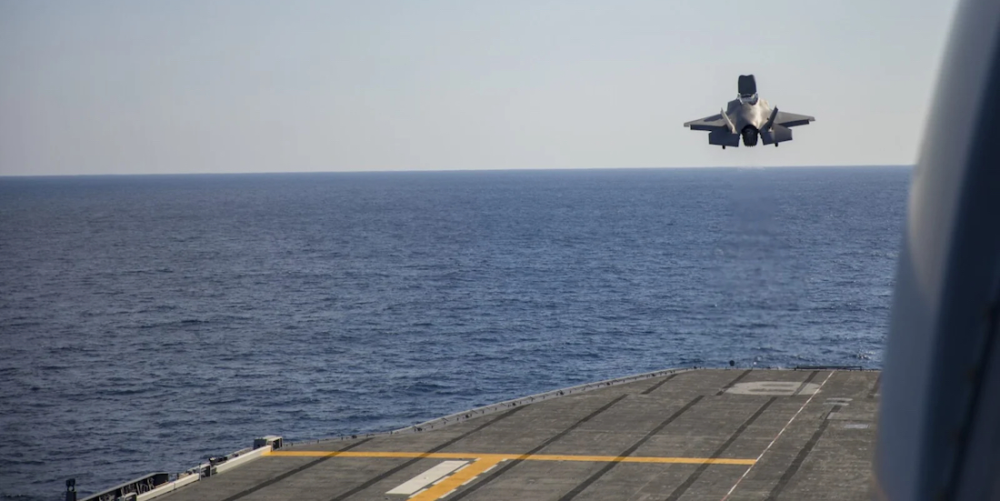
Naval Integration and Operational Challenges
The F-35B jets are designed to operate from Japan’s Izumo-class helicopter carriers, which have undergone modifications to accommodate fixed-wing aircraft. The carriers, Izumo and Kaga, are being retrofitted with heat-resistant decks to support the jets’ vertical landing capabilities.
This transformation effectively turns these vessels into light aircraft carriers, enhancing Japan’s ability to project air power across its maritime borders. However, operational challenges remain, as training flights for the F-35B are currently confined to Nyutabaru Air Base due to delays in constructing a dedicated runway on Mageshima Island.
The Defense Ministry has acknowledged these delays, citing logistical and environmental hurdles. Mageshima, an uninhabited island in Kagoshima Prefecture, was designated as a training hub for the F-35B to minimize disruptions to local communities near Nyutabaru.
Residents in Miyazaki Prefecture have voiced concerns over noise pollution caused by the jets’ frequent training operations. The Defense Ministry has pledged to address these concerns through community engagement and plans to relocate training to Mageshima once infrastructure is complete.
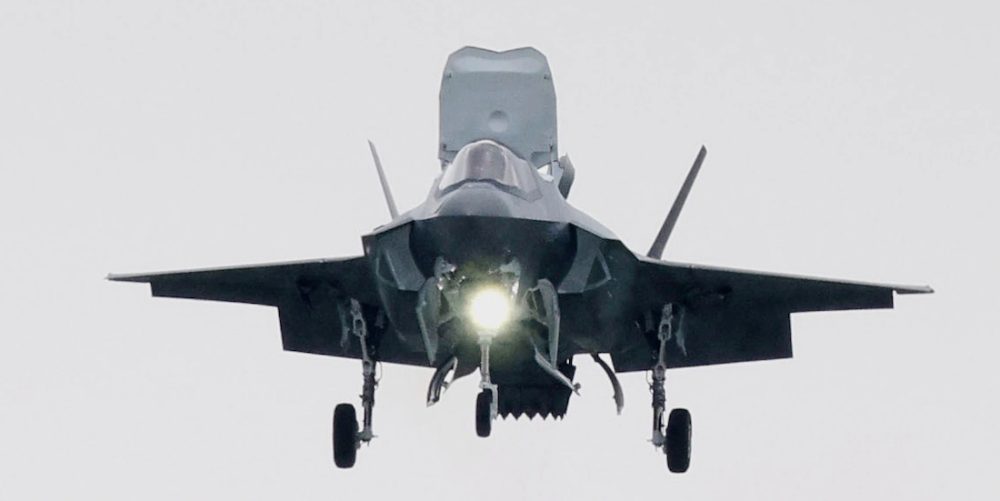
Expanding the F-35 Fleet
Japan’s acquisition of the F-35B is part of an ambitious plan to field one of the largest F-35 fleets globally, second only to the United States. The Defense Ministry has committed to procuring 42 F-35B jets alongside 105 conventional F-35A models, with the goal of creating a robust air defense network capable of addressing multifaceted threats. By March 31, 2026, an additional four F-35B jets are expected to arrive at Nyutabaru, further strengthening Japan’s southern defenses.
This expansion aligns with Japan’s 2018 National Defense Program Guidelines, which emphasize the need for enhanced air and missile defense capabilities in response to China’s growing military presence and North Korea’s missile tests.
The F-35B’s stealth features, advanced sensors, and network-enabled operations provide Japan with a significant technological advantage, enabling real-time data sharing with allied forces, including the United States and Australia, under frameworks like the Quad alliance.
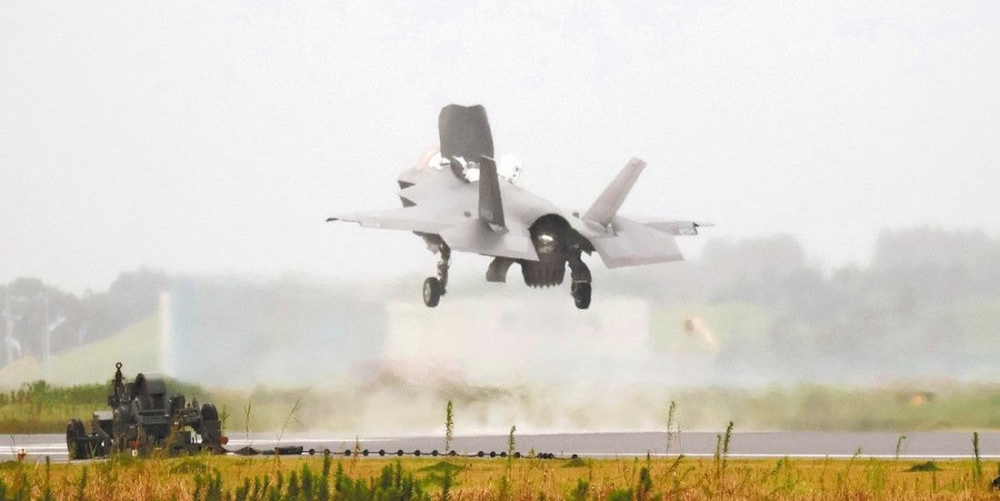
Regional Implications and Local Concerns
The deployment of F-35B jets has broader implications for regional security dynamics. China’s expanding naval and air capabilities, coupled with its assertive claims in the South China Sea and East China Sea, have prompted Japan to reassess its traditionally pacifist defense posture. The F-35B deployment signals Japan’s intent to assert greater influence in the Indo-Pacific, particularly in defending its territorial waters and exclusive economic zones.
However, the integration of these advanced jets has not been without controversy. Local communities near Nyutabaru Air Base have expressed frustration over the noise generated by F-35B training flights. Community leaders have called for greater transparency from the Defense Ministry regarding flight schedules and mitigation measures. In response, officials have promised to implement noise reduction strategies, such as adjusting flight paths and limiting nighttime operations, while accelerating the development of Mageshima’s training facilities.
The F-35B deployment also raises questions about Japan’s balancing act between
military modernization and its constitutional commitment to pacifism. Article 9 of Japan’s
Constitution renounces war and the maintenance of offensive military forces, but
reinterpretations in recent years have allowed for greater flexibility in self-defense operations.
The acquisition of F-35B jets and the conversion of Izumo-class carriers reflect a gradual shift toward a more proactive defense strategy, sparking debates among policymakers and the public about the future of Japan’s military role.
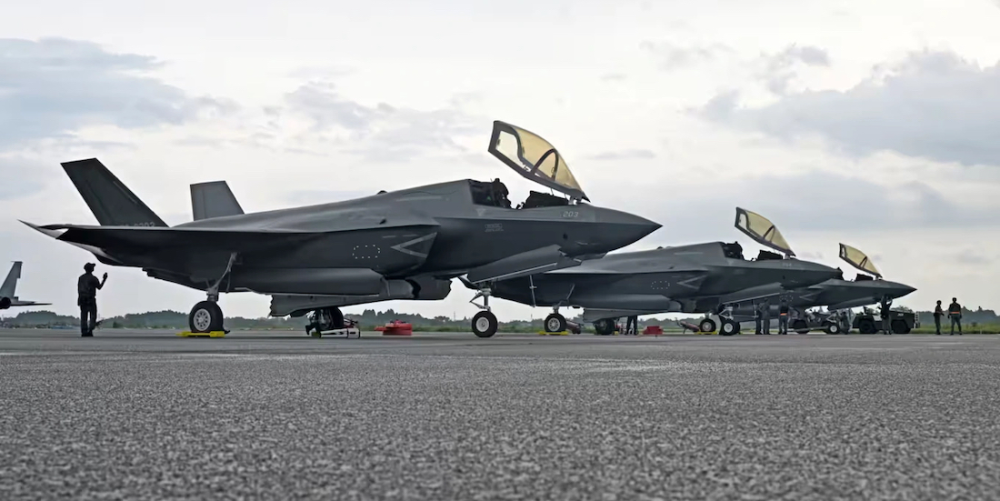
A Strategic Signal to Allies and Adversaries
Japan’s investment in the F-35 program underscores its deepening alignment with the United States, which has supplied the jets and provided technical support for their integration. The F-35B’s interoperability with U.S. forces enhances joint operational capabilities, particularly in scenarios involving regional contingencies.
This deployment also serves as a signal to China and other regional actors that Japan is prepared to defend its interests and contribute to stability in the Indo-Pacific.
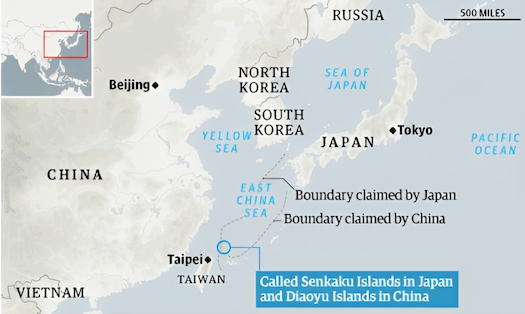
The F-35B’s arrival at Nyutabaru comes at a time of heightened regional tensions.
China’s increased maritime patrols near the Senkaku Islands and its expansive claims in the South China Sea have raised concerns among Quad members, including Japan, United States, India, and Australia.
The F-35B’s advanced capabilities provide Japan with a credible deterrent, enabling rapid deployment to contested areas and enhancing situational awareness through its sophisticated sensor suite.
As Japan continues to expand its F-35 fleet, it faces the challenge of balancing military modernization with domestic and regional sensitivities. The Defense Ministry’s commitment to community engagement and infrastructure development will be critical to maintaining public support for the F-35B program.
Meanwhile, Japan’s strategic pivot toward a more assertive defense posture is likely to reshape its role in the Indo-Pacific, influencing alliances and security dynamics for years to come.
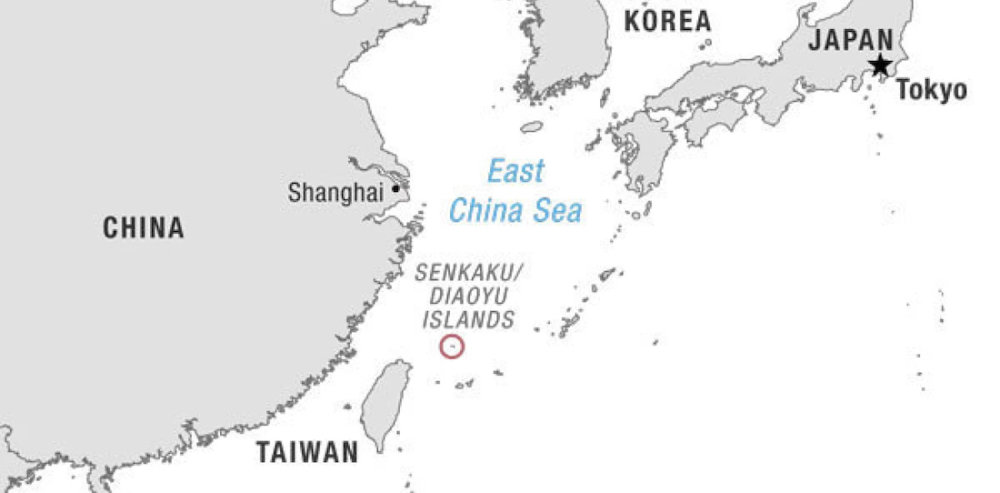
Japan Deploys Lockheed F-35B Stealth Fighter Jets to its South (Aug. 8, 2025)
Summary
Japan has deployed its first three F-35B stealth fighter jets to Nyutabaru Air Base to strengthen southern defenses. The jets, capable of short take-off and vertical landing, will operate from modified carriers Izumo and Kaga. This move, part of a plan to field 42 F-35Bs and 105 F-35As, aims to counter China’s maritime assertiveness. Local concerns over noise persist as Japan expands its advanced air fleet.
#JapanDefense #F35B #Nyutabaru #IndoPacificSecurity #ChinaTensions
Tags: Japan, F-35B, Nyutabaru Air Base, Indo-Pacific, China, Defense Ministry, Izumo, Kaga, Senkaku Islands, Mageshima
